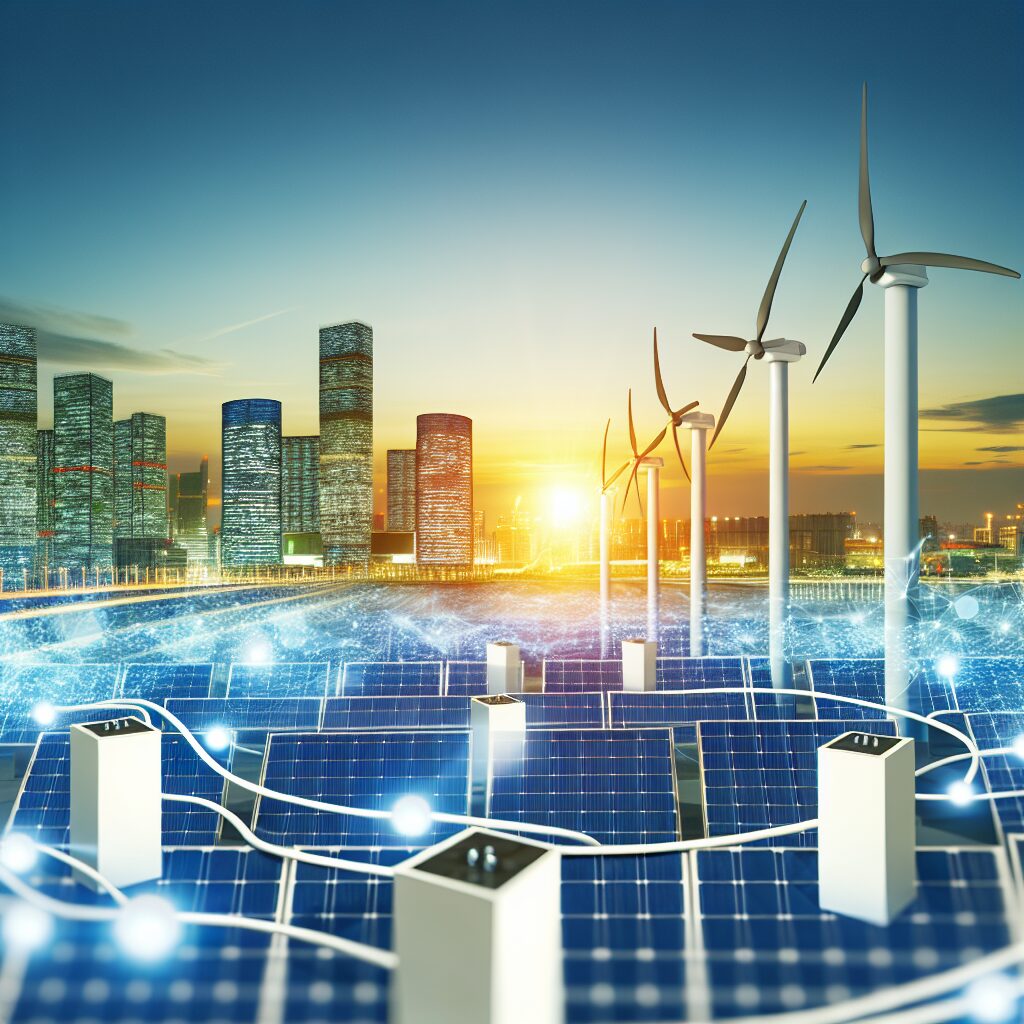The Power of Energy Storage Solutions for Reliable Electricity
In today’s rapidly advancing world, reliable electricity is more crucial than ever. As society increasingly depends on a steady and sustainable supply of electricity, the adoption of energy storage solutions continues to gain momentum. These systems not only improve the reliability of power grids but also play a vital role in integrating renewable energy sources, thereby reducing our dependence on fossil fuels and helping to combat climate change.
Why Energy Storage Matters
Energy storage solutions are the backbone of modern electrical grids. They allow for the capture and storage of excess energy generated during low-demand periods for use during peak demand times. This capability is essential for maintaining a balanced and reliable power supply. Without it, the mismatch between energy generation and consumption could result in frequent power outages and grid instability.
Moreover, energy storage systems facilitate the seamless integration of intermittent renewable energy sources such as solar and wind. These renewables generate power based on environmental conditions, which are inherently variable. By storing excess power when it’s plentiful, energy storage technologies ensure that electricity remains available even when the sun isn’t shining or the wind isn’t blowing.
Types of Energy Storage Solutions
Energy storage comes in various forms, each with its own unique advantages:
1. Batteries: Lithium-ion batteries are currently the most common type of energy storage system. They are known for their high energy density, efficiency, and declining costs. Other types of batteries, such as aluminium-ion, flow, and solid-state batteries, are also being developed to provide higher capacity and longer lifespan.
2. Pumped Hydro Storage: This method involves pumping water to a higher elevation during times of excess electricity generation and releasing it to generate electricity when needed. Pumped hydro is one of the oldest and most established forms of energy storage, known for its high capacity and longevity.
3. Thermal Storage: Thermal energy storage systems store heat or cold for later use. One common example is the use of molten salts to store thermal energy from concentrated solar power plants. This stored heat can be converted back into electricity when required.
4. Mechanical Storage: These solutions include flywheels and compressed air energy storage (CAES). Flywheels store rotational energy, while CAES stores energy by compressing air and releasing it to drive turbines and generate electricity.
Benefits of Energy Storage Solutions
Implementing energy storage solutions presents numerous benefits:
1. Grid Stability and Reliability: Energy storage can smooth out fluctuations in electricity supply, enhancing grid stability and reducing the risk of outages.
2. Economic Efficiency: By storing excess energy during periods of low demand and releasing it during peak times, energy storage can optimize the use of existing power generation assets, reducing operating costs and the need for new infrastructure investments.
3. Integration of Renewables: As mentioned earlier, energy storage makes it easier to integrate renewable energy sources into the grid. This supports the global transition to a cleaner energy mix, reducing greenhouse gas emissions and our reliance on fossil fuels.
4. Energy Independence: For remote or off-grid locations, energy storage paired with renewable energy systems can offer a reliable and self-sufficient power supply, decreasing the dependency on imported fuels and enhancing energy security.
Challenges and Future Outlook
Despite the numerous advantages, energy storage systems currently face several challenges:
1. Cost: The initial investment for energy storage systems can be high, although prices are decreasing as technology advances and economies of scale are achieved.
2. Scalability: Some energy storage technologies, like batteries, need to be scaled up significantly to meet the needs of large power grids or industrial applications.
3. Regulatory Hurdles: Regulatory frameworks need to evolve to support the deployment and integration of energy storage systems. This includes establishing fair pricing mechanisms, creating incentives, and ensuring safety standards.
However, the future of energy storage looks promising. Advances in technology, coupled with increasing investments and supportive policy frameworks, are paving the way for broader adoption. For example, breakthroughs in battery chemistry are expected to lower costs and extend the lifespan of battery storage systems. Moreover, innovative storage solutions such as hydrogen fuel cells and ultracapacitors are showing significant potential.
Conclusion
The power of energy storage solutions in ensuring reliable electricity cannot be overstated. As we move towards a cleaner and more sustainable energy future, the role of energy storage will become even more pivotal. By addressing the challenges and capitalizing on the advancements in technology, we can harness the full potential of energy storage to create a resilient, efficient, and green power grid for generations to come.
Source
https://pv-magazine-usa.com/category/installations/energy-storage/

